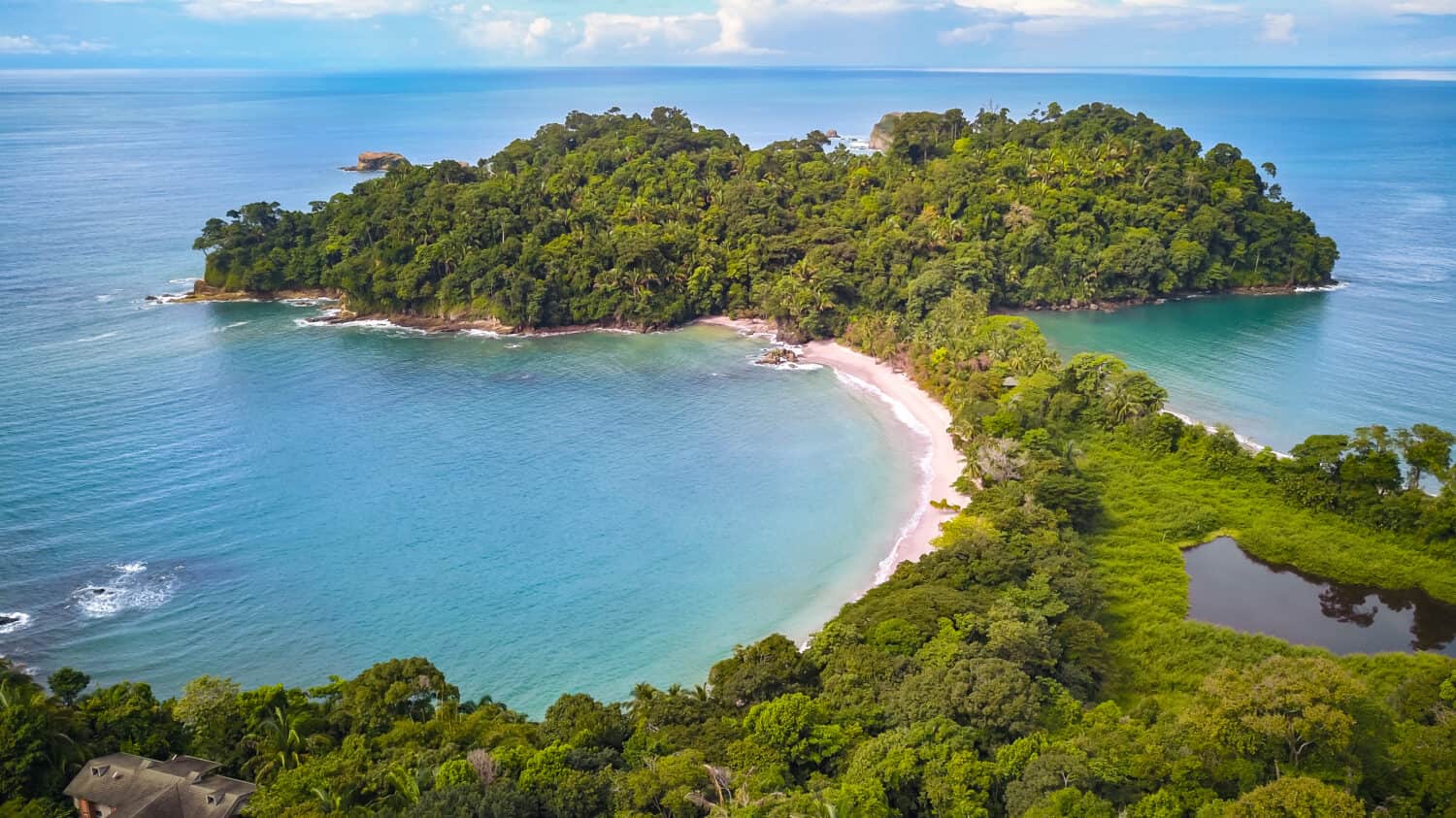There are roughly 36 biodiversity hotspots across the world. For an area to be considered a biodiversity hotspot, it must fit two criteria. The first is that roughly half of the area’s plant life, or 1,500 species, must be endemic and not found anywhere else on earth. The second is that those plants must be threatened, with the hotspot having lost a minimum of 30 percent of natural vegetation.
Biodiversity hotspots are incredibly important, not only for animals and plants, but people too. The animals and plants here are often important for people and human populations tend to unconsciously gravitate towards these areas.
Though hotspots only make up two-and-a-half percent of the earth’s total surface, they’re able to support over half of all plant species and about 43 percent of animals.
Today, we are covering 18 of the 36 total biodiversity hotspots, including some of the things that threaten these spots, the diversity in the area, and some of the endemic species. Keep reading to learn more about them.
1. The North American Coastal Plain

Since European settlers took over the North American Coastal Plain, 85 percent of the area was converted to non-native species.
©iStock.com/LagunaticPhoto
Some Endemic Species: Florida yew, longleaf pine, rough-leaved loosestrife, Florida burrowing owl, and Florida bonneted bat
2. Chilean Winter Rainfall-Valdivian Forests
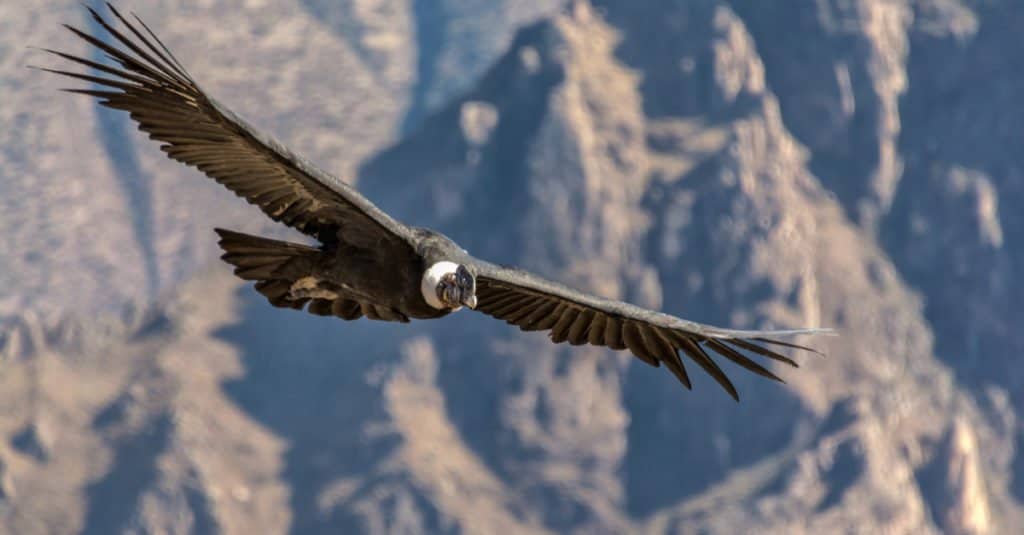
Deforestation, forest fires, and overgrazing are some of the biggest threats are some of the biggest threats to the forests here.
©Gus Martinie/Shutterstock.com
Some Endemic Species: Monkey puzzle tree, Andean cat, Andean condor, Chile-bells, and green-backed firecrown
3. The Philippines

Half of the wildlife species in the Philippines are endemic to the islands.
Some Endemic Species:Begonia titoevangelistae, Tectona philippinensis, giant golden-crowned flying fox, and the Visayan warty pig
4. Cape Floristic Region
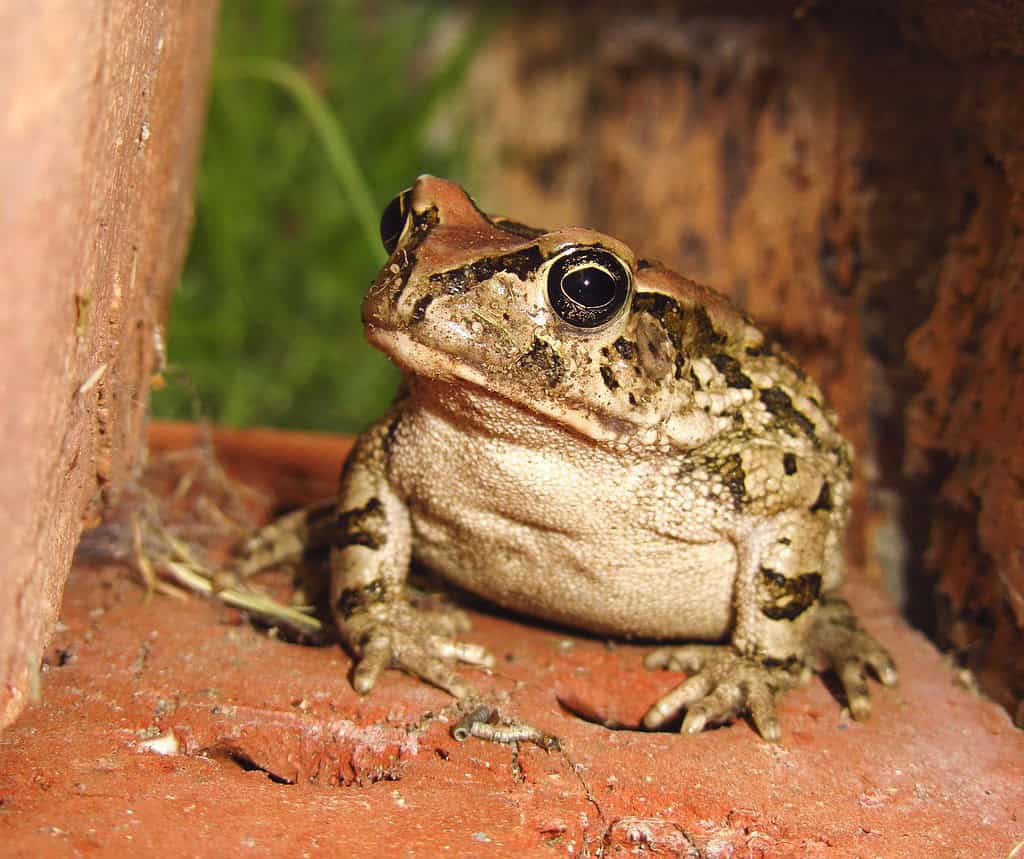
This hotspot is home to 9,000 plants, nearly 70 percent of which are endemic.
©Hurly D'souza/Shutterstock.com
Some Endemic Species: Rough moss frog, Western leopard toad, and the king protea
5. Mesoamerica
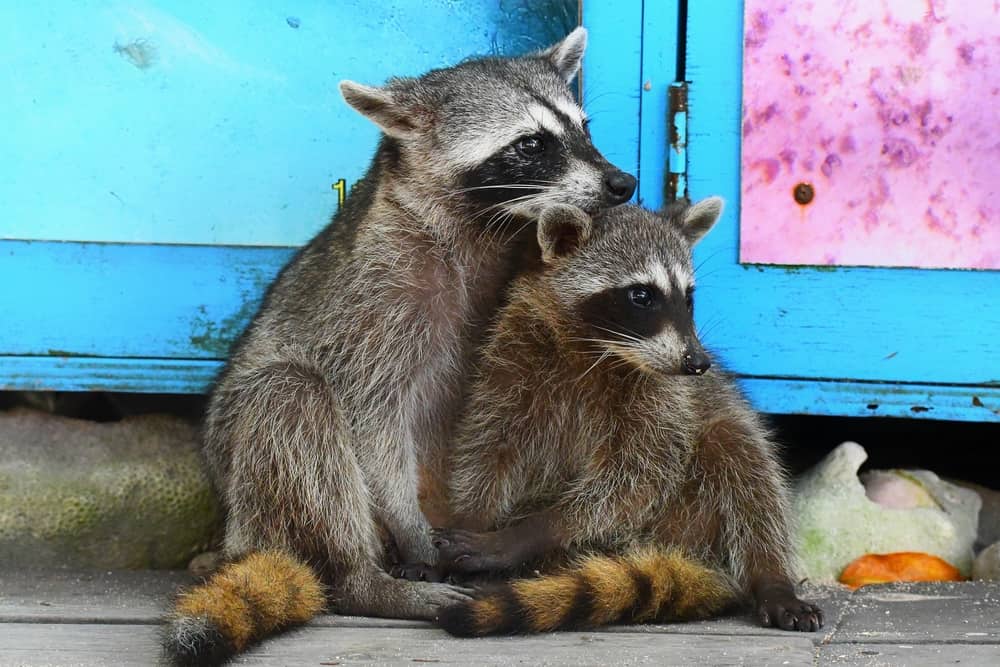
Though this area, stretching from Mexico to Colombia, only covers about half a percent of the planet, it makes up seven percent of all diversity.
©Sebastian Schwegmann2/Shutterstock.com
Some Endemic Species: Central American spider monkey, resplendent quetzal, big-leaf mahogany, Cozumel harvest mouse, and Cozumel raccoon
6. Eastern Himalayas
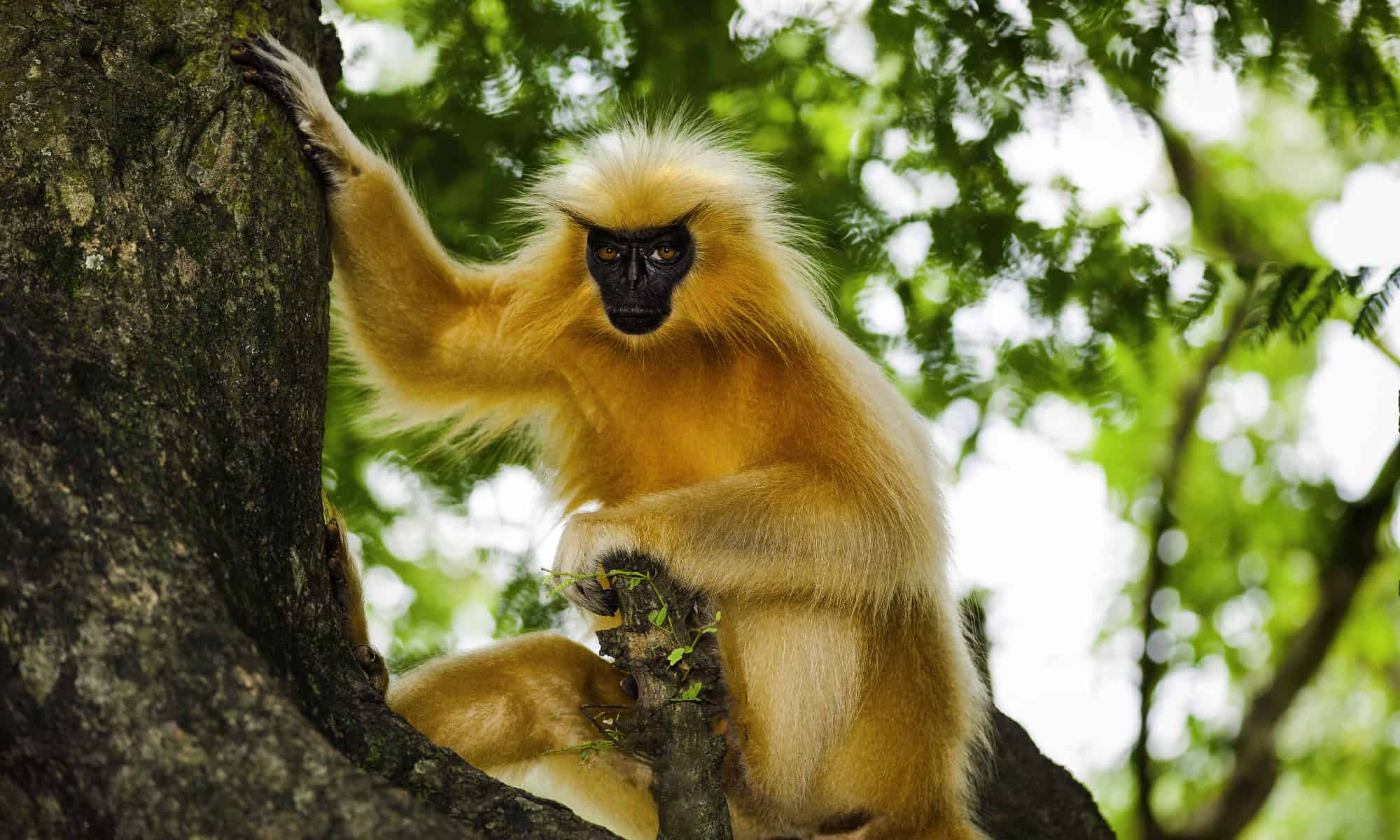
The Himalayas are home to a wide diversity of plants, animals, and plants.
©Daniel J. Rao/Shutterstock.com
Some Endemic Species:Saussurea gossypiphora, white-winged duck, golden langur, South Asian river dolphin, and swamp deer
7. Madagascar and the Indian Ocean Islands
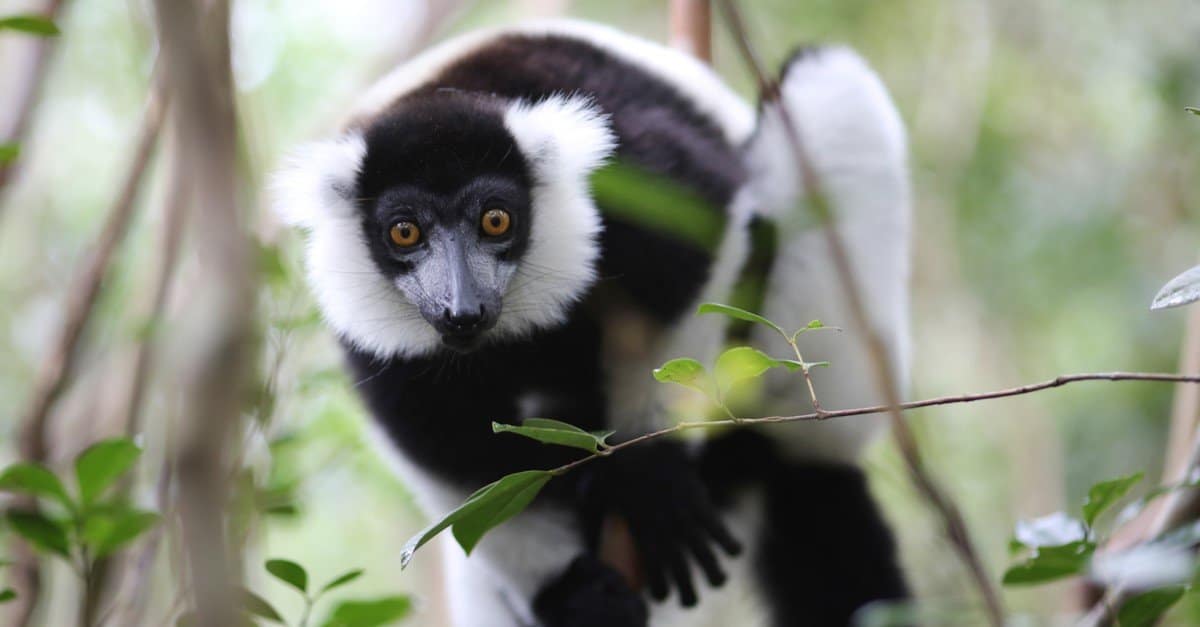
Roughly 85 percent of animals and 90 percent of plants are endemic to these islands.
©Iryna Art/Shutterstock.com
Some Endemic Species:Crowned lemur, fossa, indri, octopus trees, and Tahina palm
8. Cerrado
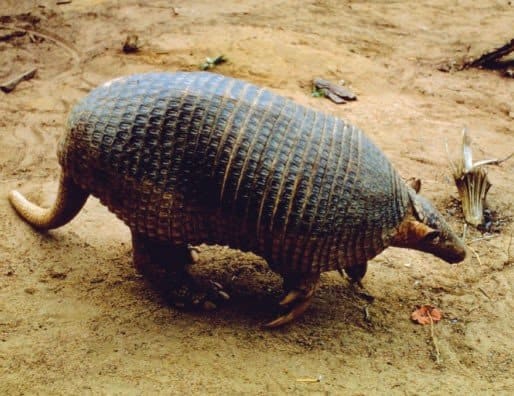
The Cerrado is home to five percent of all animals and plants in the world, but deforestation and habitat destruction threaten most of the animals in the area.
Some Endemic Species: Golden grass, blue-eyed ground dove, giant armadillo, pampas deer, and Zagaia tree frog
9. Brazil’s Atlantic Forest
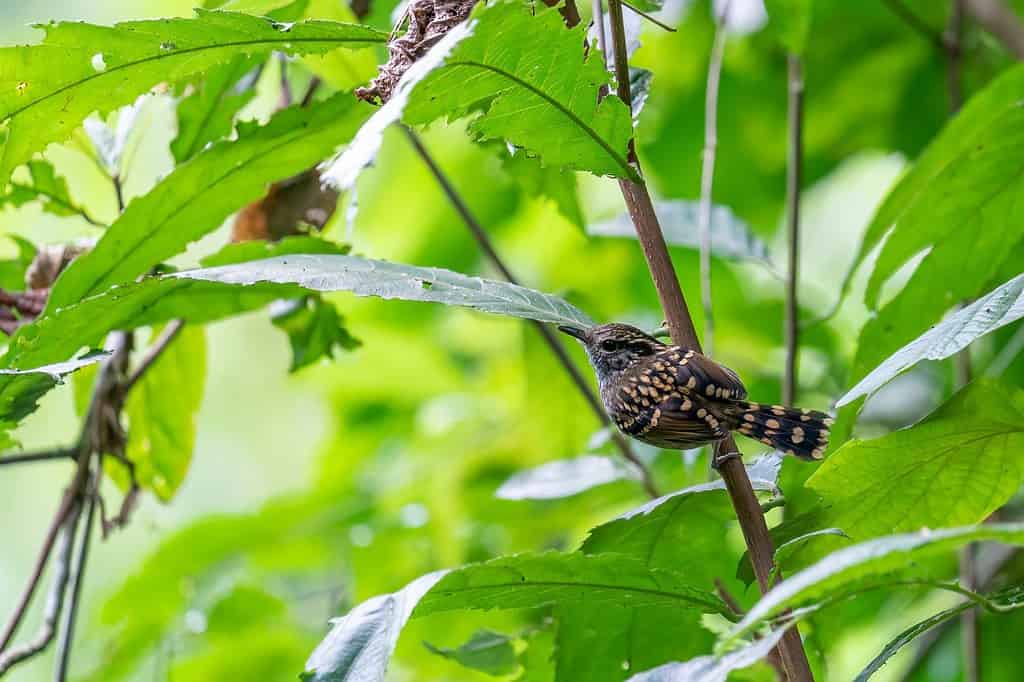
Only 12 percent of the original vegetation remains in Brazil’s Atlantic forest.
©Rob Jansen/Shutterstock.com
Some Endemic Species:Tawny-browed owl, scaled antbird, Brazilian sassafras and Brazilian walnut
10. Central Asian Mountains
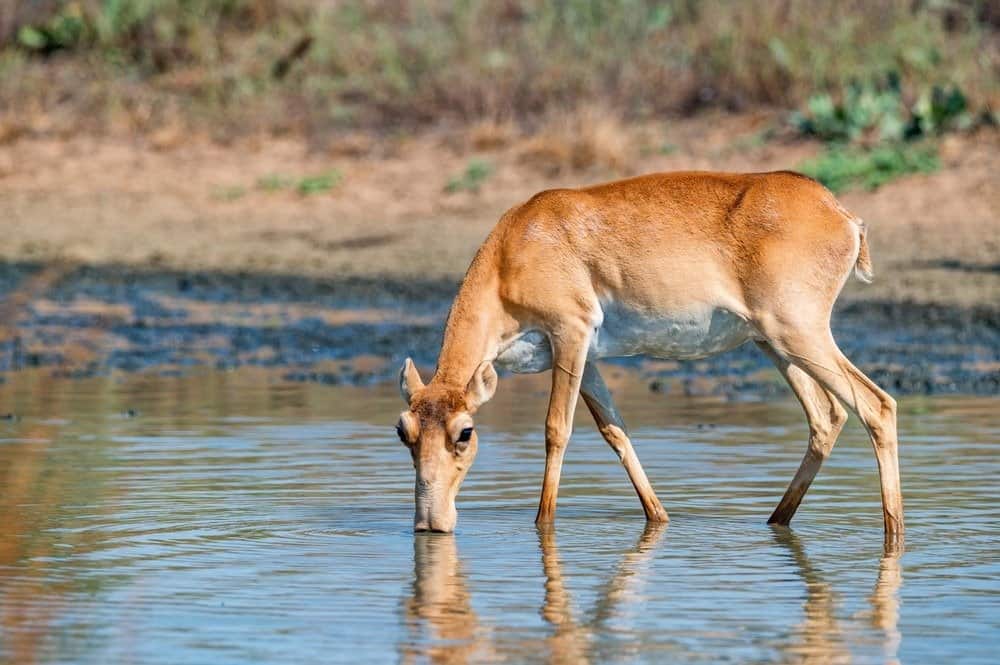
This area has all sorts of habitats including deserts and high-elevation mountains.
©Yakov Oskanov/Shutterstock.com
Some Endemic Species: Ili Pika, argali wild sheep, Saiga, and Menzbier’s marmot
11. Indo-Burma, Bangladesh, India, and Myanmar
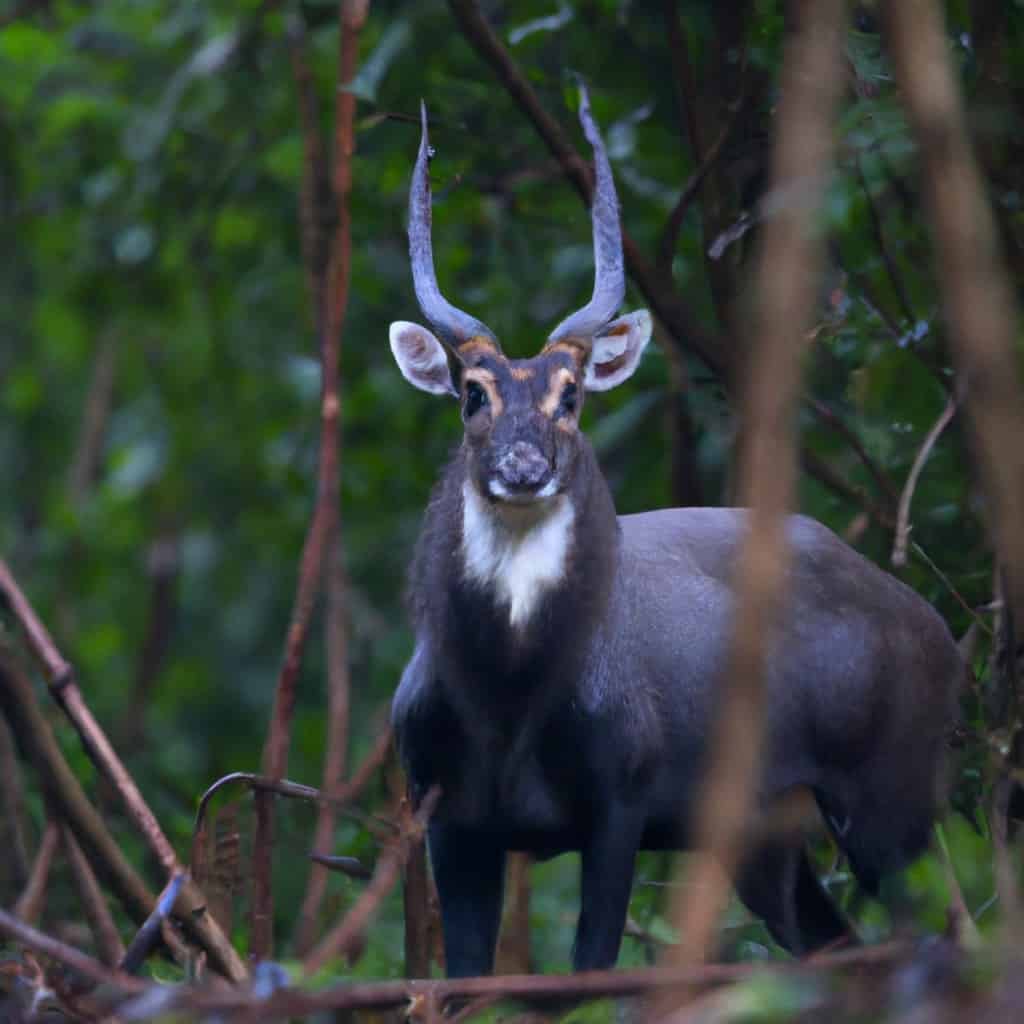
This hotspot includes all of Cambodia, Lao PDR, Myanmar, Thailand, Vietnam, and parts of southern China.
©Bruyu/Shutterstock.com
Some Endemic Species: Saola, Delacour’s leaf monkey, Mekong giant catfish, and Fissidens pseudoanomalus
12. The Caribbean Islands
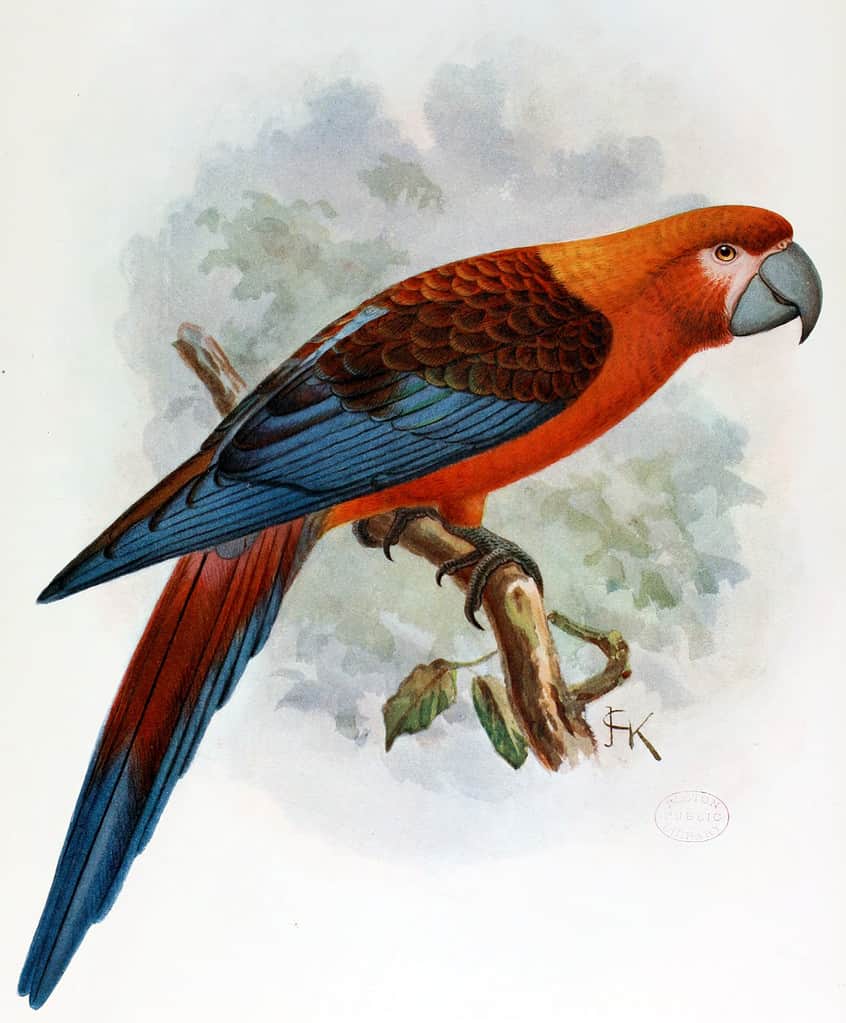
Over-exploitation and high levels of poverty in the area lead to a lack of protection in this hotspot.
Some Endemic Species: Bahama nuthatch, Cuba’s bee hummingbird, Cuban macaw, and Chaney root
13. California’s Floristic Province
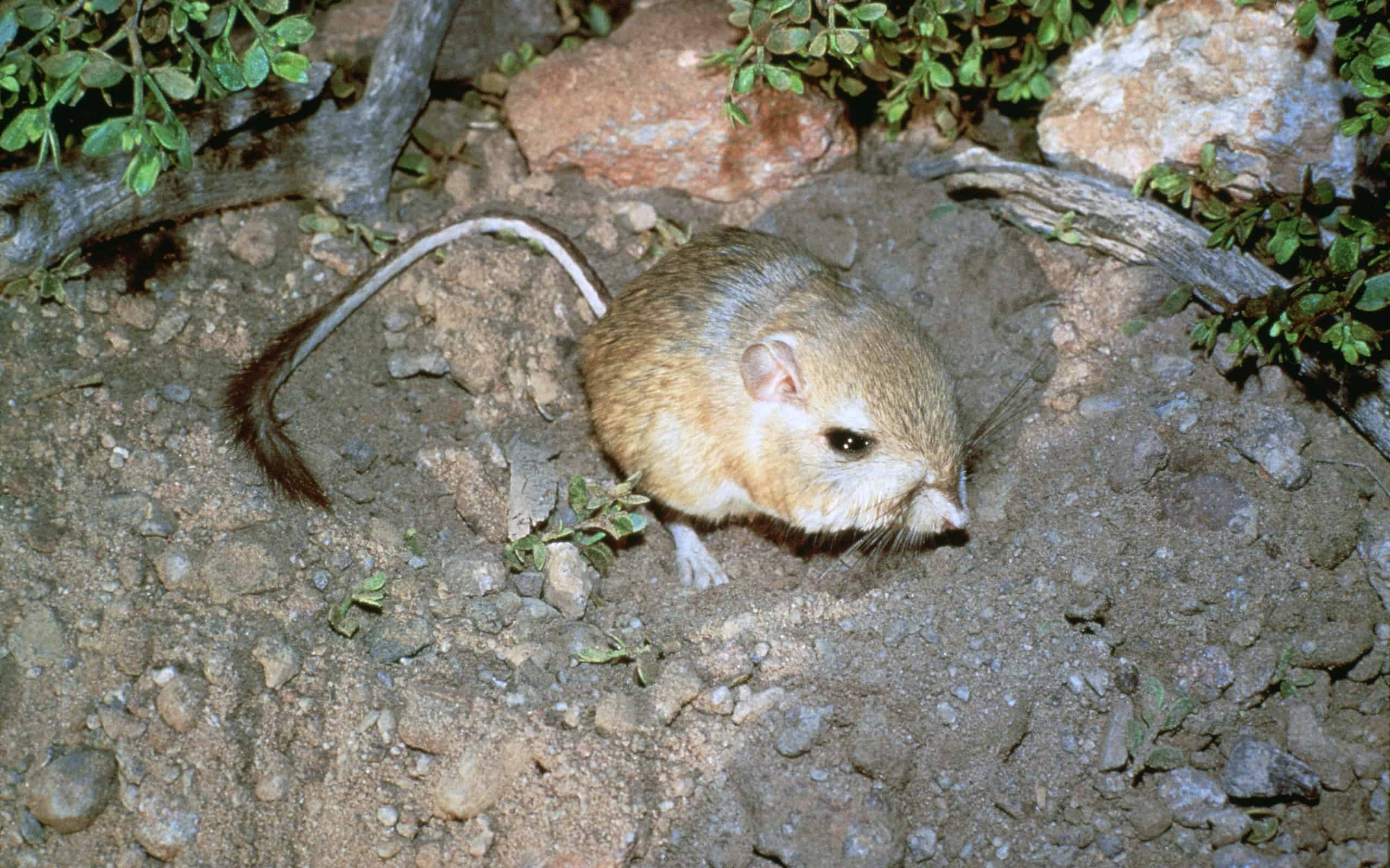
Fires. climate change and development are some of the biggest threats to this hotspot.
Some Endemic Species: Giant kangaroo rat, giant sequoia, and coastal redwood
14. The Mediterranean Basin
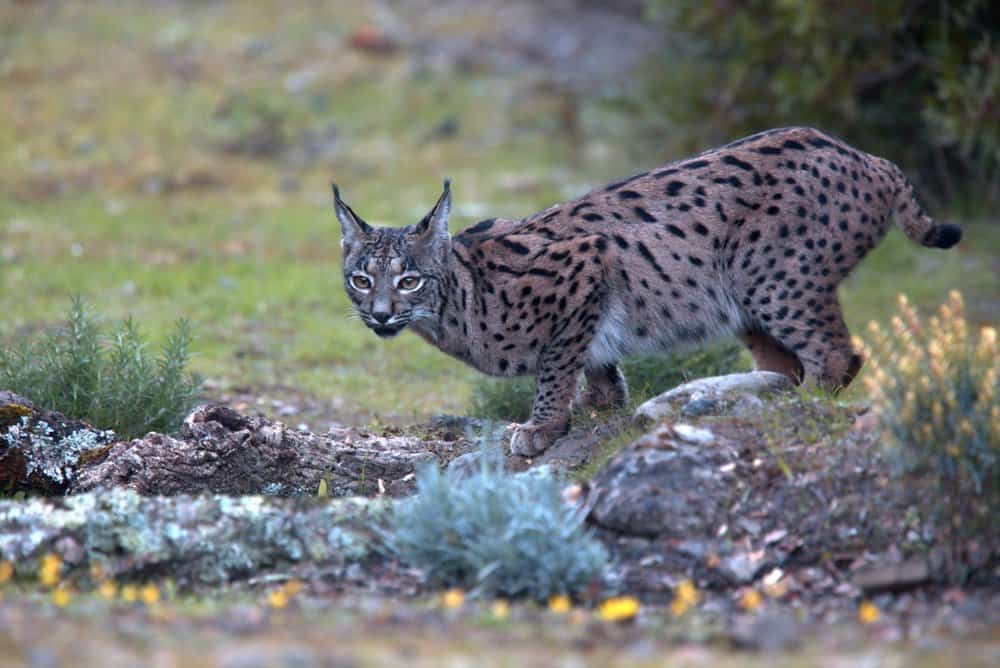
Over 5,000 islands are included in the Mediterranean Basin, which has over 25,000 different species.
©tony mills/Shutterstock.com
Some Endemic Species: Aleppo pine, terebinth, Greek strawberry tree, Mediterranean monk seal, and Iberian lynx
15. Japan
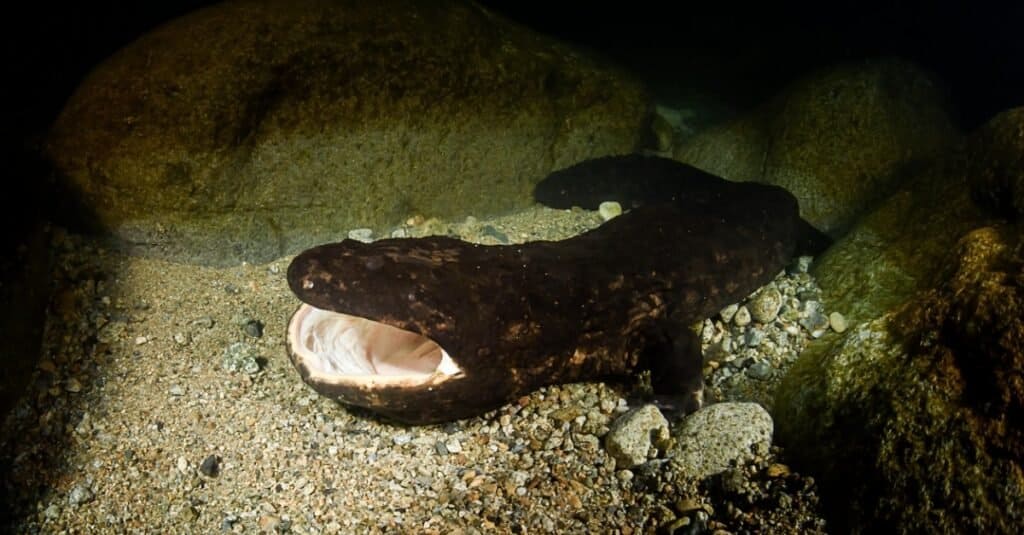
There are thought to be over 90,000 classified species and over 300,000 unclassified species.
©iStock.com/Martin Voeller
Some Endemic Species: Okinaway woodpecker, Japanese giant salamander, Amami rabbit, Sado mole, and Kikuzato brook snake
16. Eastern Afromontane

The Eastern Afromonane Hotspot includes bamboo forests, grasslands, wetlands, and mountain regions.
©Martin Prochazkacz/Shutterstock.com
Some Endemic Species: Taita thrush, gelada, Ethiopian wolf, Rwenzori three-horned chameleon, and mountain gorilla
17. Wallacea
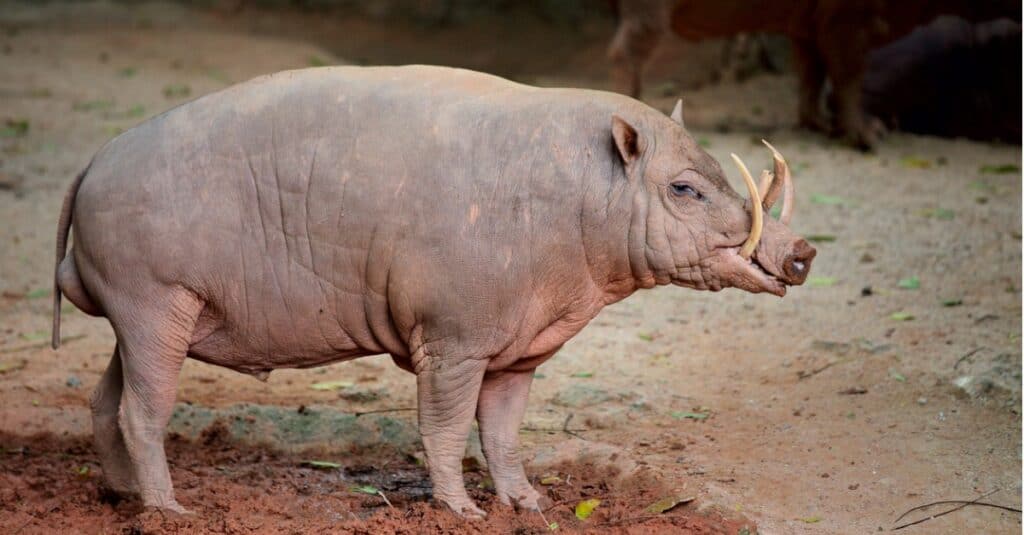
Over half of the mammals, 65 percent of amphibians, and 40 percent of bird species in this area are considered endemic.
©iStock.com/leungchopan
Some Endemic Species: Maleo, babirusa, Sulawesi toad, and giant bees
18. The Tropical Andes Mountains
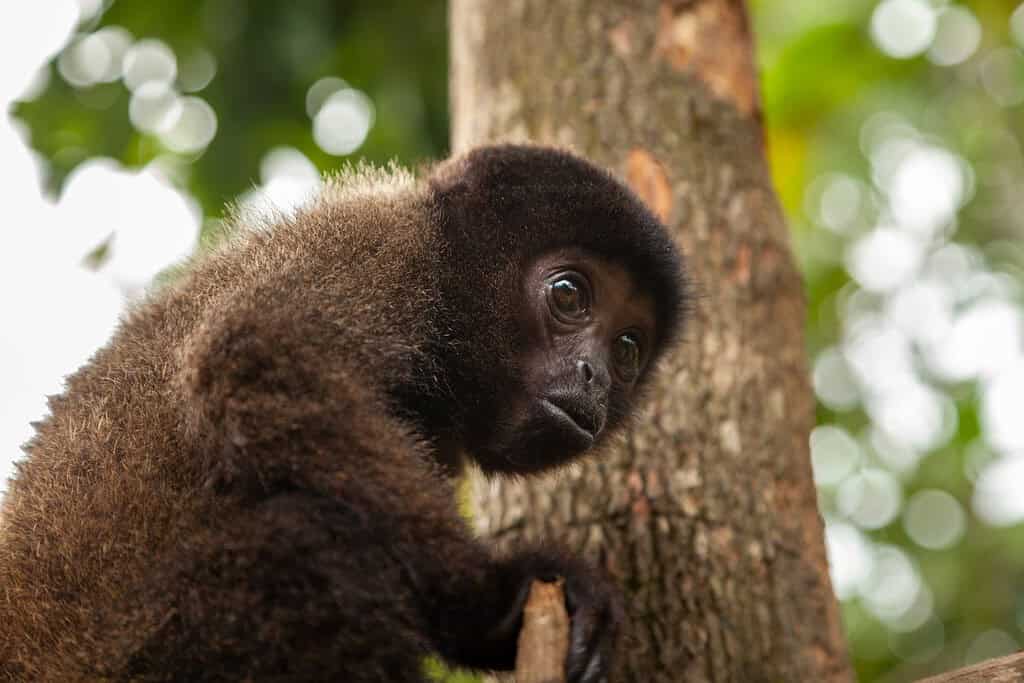
A sixth of all the plants on Earth are found in the tropical Andes, and the level of endemic species increases with elevation.
©alvarobueno/Shutterstock.com
Some Endemic Species: Pencil catfish, Andean cock-of-the-rock, yellow-tailed woolly monkey, and Andean bromeliad,
Thank you for reading! Have some feedback for us? Contact the AZ Animals editorial team.

